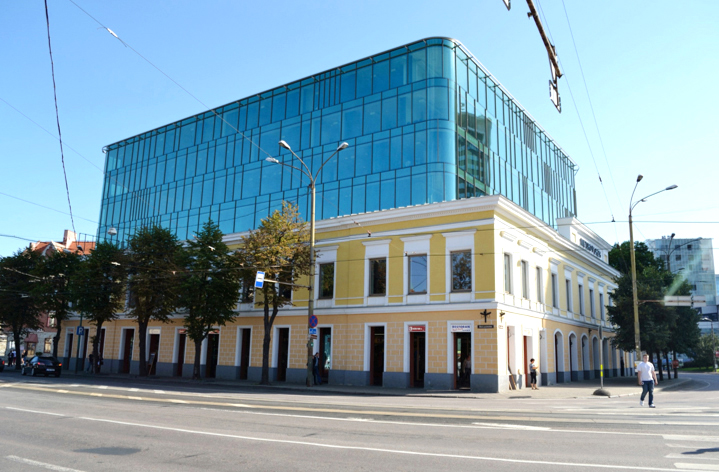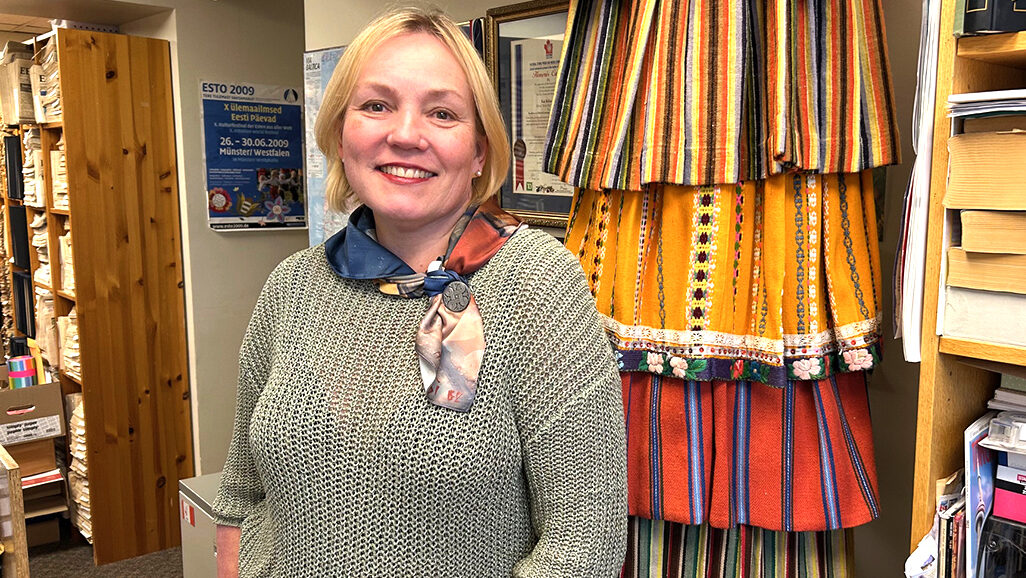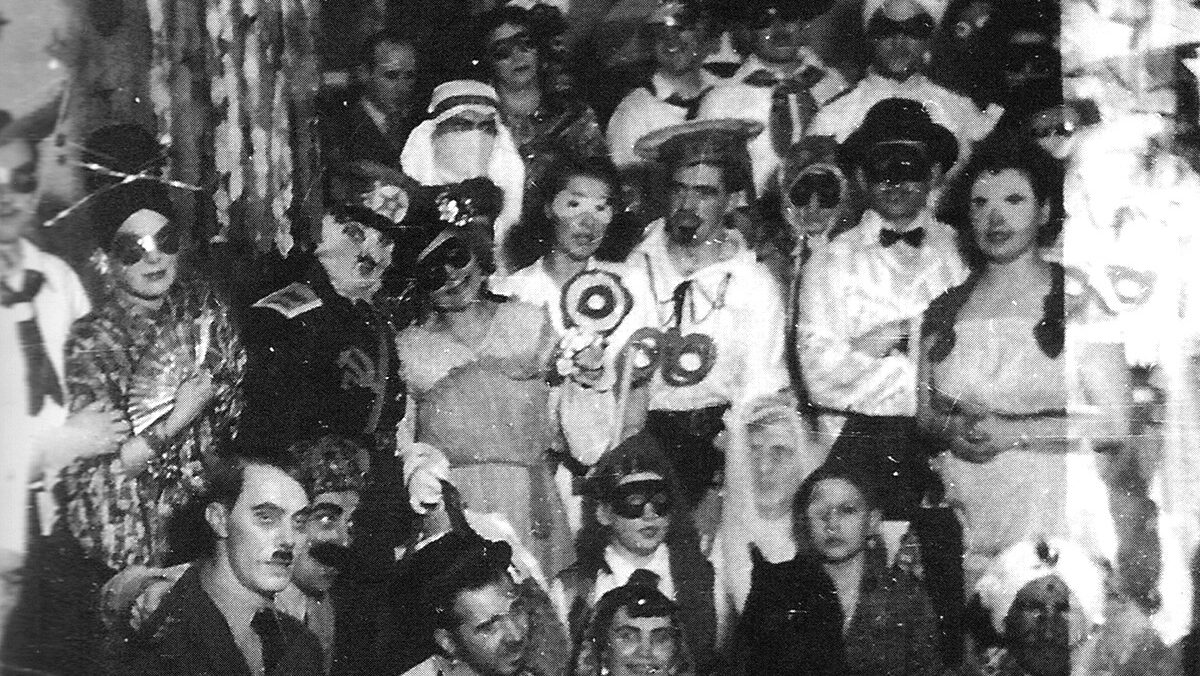I will talk of two people – a man and his daughter, although other individuals come into the story. I appreciate what Nikolai Päts (1871-1940) did for the Estonian Orthodoxy before 1940, so I consider him a great man. However, his grave is unmarked in Tallinn and he is little known in the country. He had five children, three of them died before 1944 and the youngest two fled to the West in 1944.
However, I will begin with a building.
If you have been to Tallinn – you would know this – Alexander Nevsky Cathedral, built in Tsarist Russia in 1900. Its ownership has recently been in the news because of the Russian Metropolitan Kirill’s statement justifying the war in Ukraine. Moscow still thinks that the Cathedral belongs to Russia. However, in the late 1930s when archpriest Nikolai Päts was in charge of the Cathedral, the building – and the whole Orthodox Church of Estonia – achieved its independence from Moscow. Nikolai Päts had consistently argued for this for more than 10 years. All the same, it is not clear what role exactly he himself had in this. There must have been pressure also from his brother Konstantin Päts, President of the country. The archives in Moscow would tell us more, but for the moment they are inaccessible.
Nikolai Päts was one of the founders of the Estonian National Library and its first director for four years. He, however, was by 1940 in poor health and died in the autumn aged 69. Dying of natural causes at a tumultuous time is one of the reasons why he is not better known. Also, he was not repressed by the Soviets. And most Estonians were Lutherans, for whom the Orthodoxy was alien.
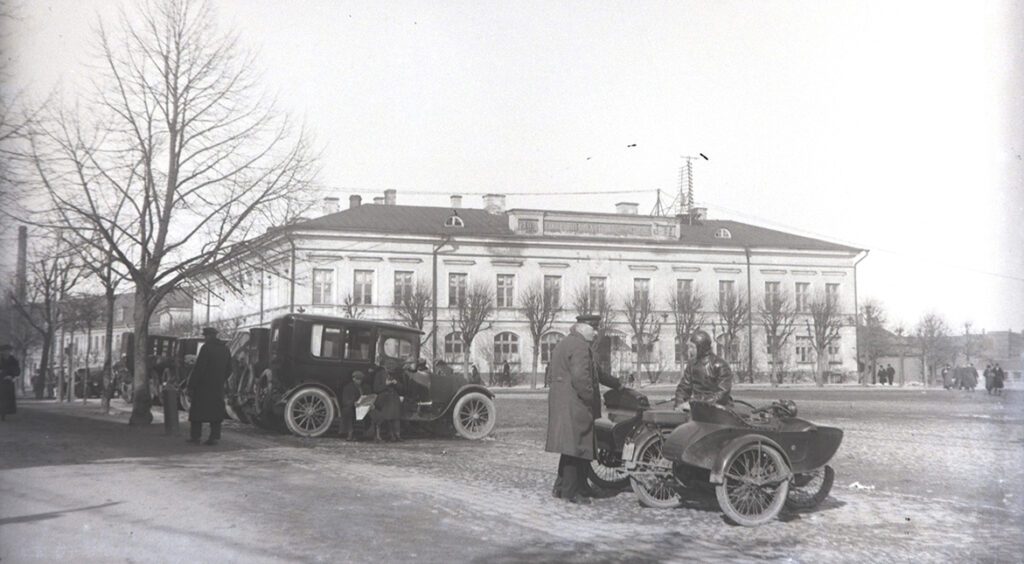
And now for the second building in Tallinn that practically every visitor sees because of its central location. Not a famous building; it suffered bomb damage in the war and has been rebuilt a few times. A hundred years ago it was a school that Nikolai Päts sent his youngest daughter Ludmilla to. She finished the school in 1934, worked as a bookkeeper in Tallinn for a few years, then decided to become a nurse, attended training courses, passed exams and worked in major hospitals in Tallinn.
The wonderful Arolsen Archives are available online, but unfortunately not all documents have survived.
In the autumn of 1944 she was 29, still unmarried. Why and how she left Tallinn is not known. However, there is a record of her registering as a refugee in October in Eckernförde near Kiel, Germany. The card shows that she had to move around the town several times and in 1948 she managed to leave Germany, presumably to work as a nurse in England. The wonderful Arolsen Archives are available online, but unfortunately not all documents have survived.
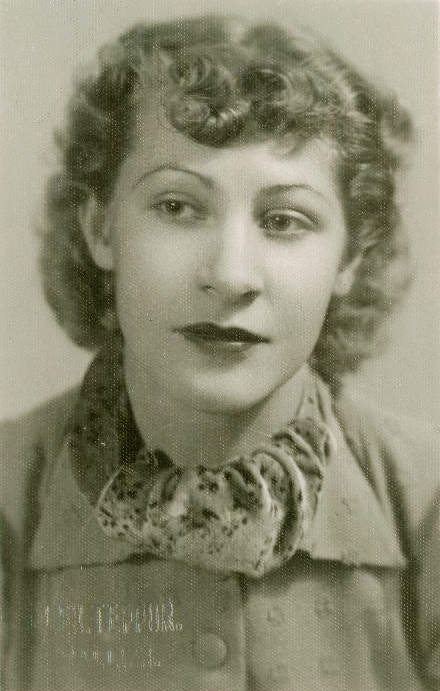
The other side of the card had hardly any writing on it, so I ignored it at first, but then noticed that she was described as a “sister” and concluded that she had arrived in Germany with her brother Theodor who was nine years older than her. I found confirmation of this in a list of refugees where Theodor features with his wife Elisabeth. There is no further information about the couple; it is not known whether they had children or left any papers.

Arolsen Archives have also records for Adolf Hanssoo, Ludmilla’s future husband. It is not known whether they met in a DP camp in Germany or in England, let alone known where and when they got married. Adolf – known in England as Aadu – was only sixteen when he fled from Estonia, thirteen years younger than Ludmilla.
In England he became a stalwart of the Lutheran Council of Great Britain, was one of its leaders, died in 1999 and a few months later Ludmilla – mostly known as Lucy – died too.
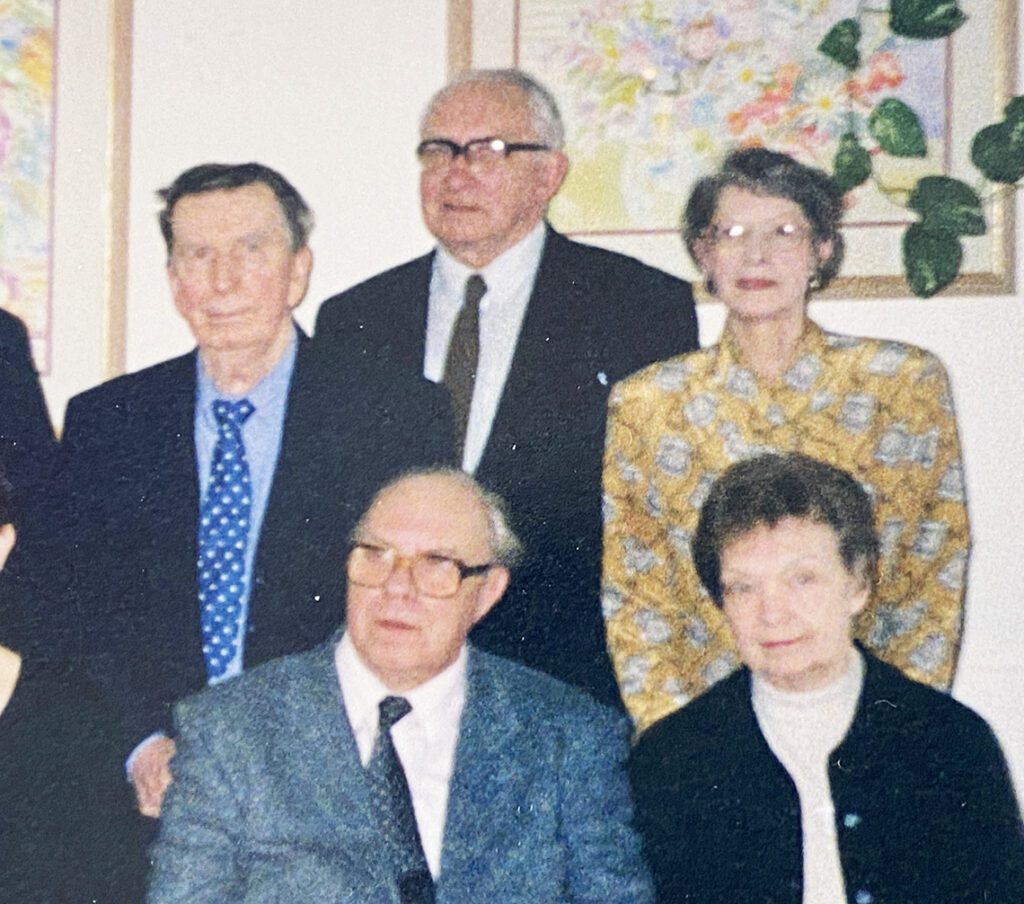
Now comes the difficult part of my presentation: my role in the story. I have to own up: I arrived in Britain in the 1970s, so could have easily got in touch with Lucy and Aadu. They were living in London and so was I. However, I did not. I was not interested in Estonian history, as I am now.
I remember a discussion with a nice Estonian lady who said that she had emptied Lucy and Aadu’s flat after their deaths. She said that they had hardly any possessions. I was surprised and asked what she did with their things. I was interested in history by then! Well, she admitted, there were a few things that she posted to Lucy’s cousin, Matti Päts, in Estonia, then added that there had been also a stack of letters but she had destroyed them. “They were personal,” she insisted.
There are a great many Estonians, Latvians and Lithuanians who have lived interesting or very interesting lives.
What is gone, is gone, can’t be restored. Matti Päts in Tallinn does not remember receiving any parcel from England. Unfortunately, Lucy and Aadu did not have children who would speak up for their parents and grandparents.
So this is my appeal to you, having researched what is left of Nikolai Päts. Do write up what a compatriot tells you, particularly if he/she is elderly. There are a great many Estonians, Latvians and Lithuanians who have lived interesting or very interesting lives. And each country’s history is made up of tens of thousands of individual stories. It may be too late for Nikolai Päts, but not too late for others.
